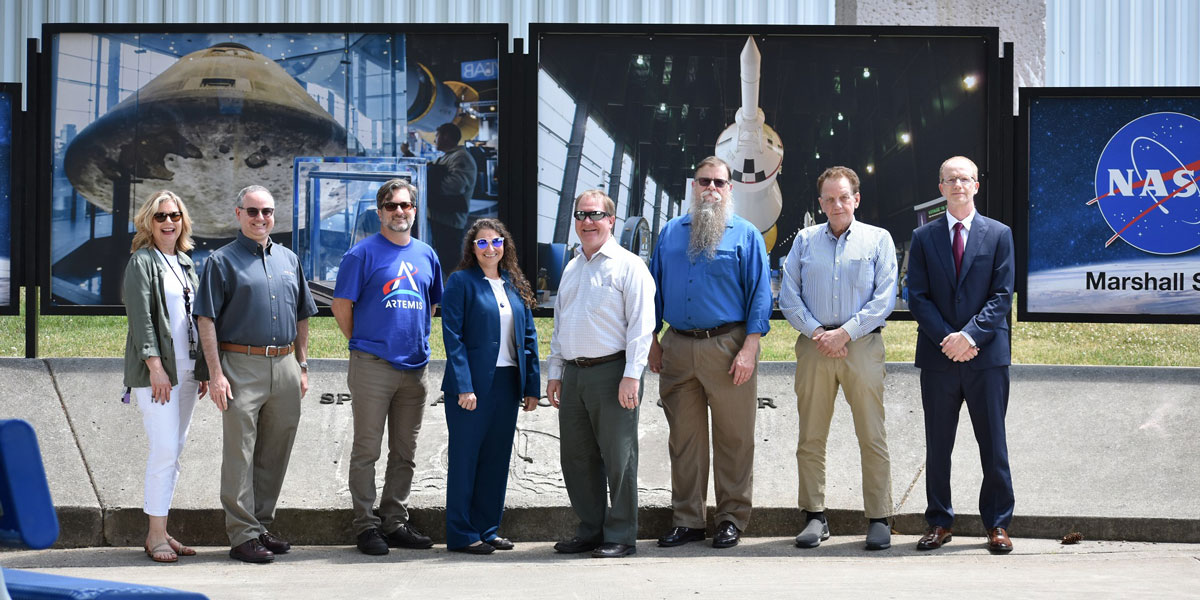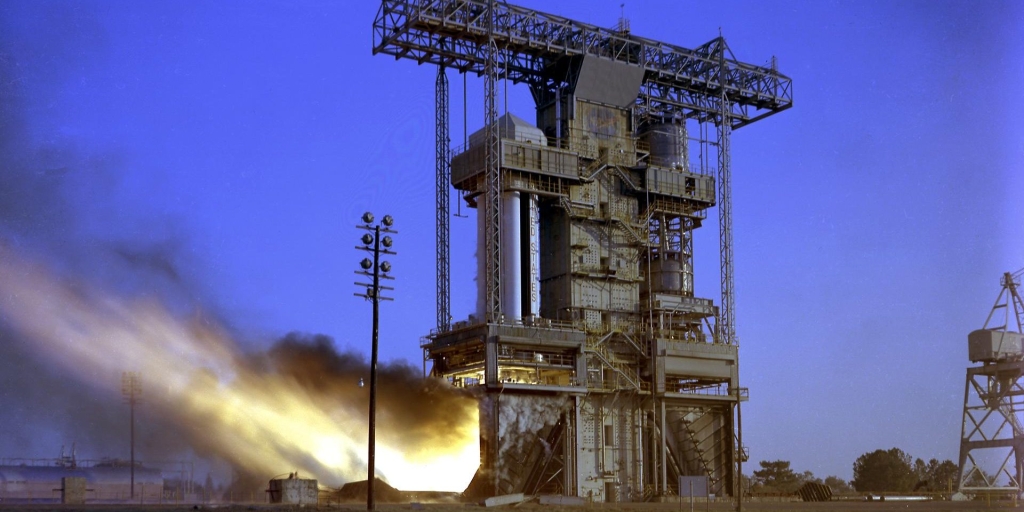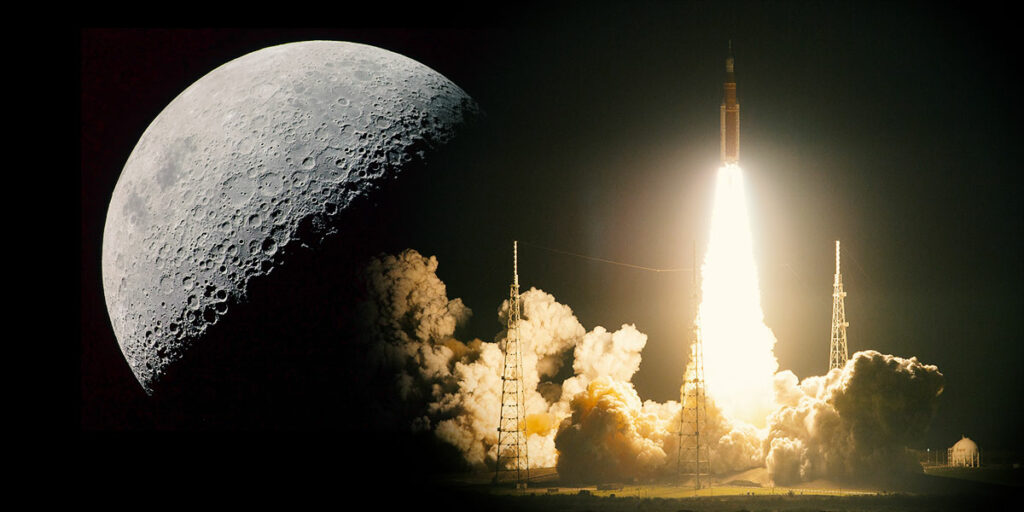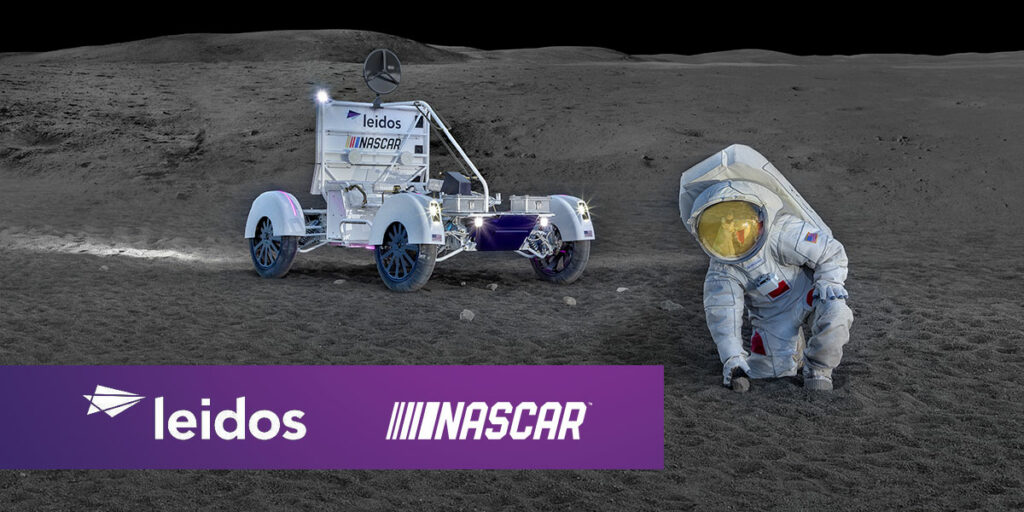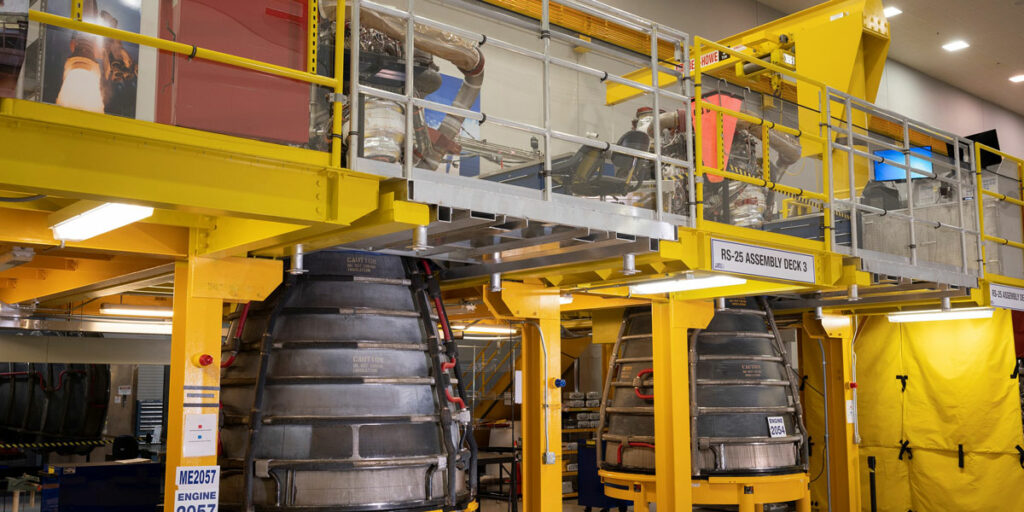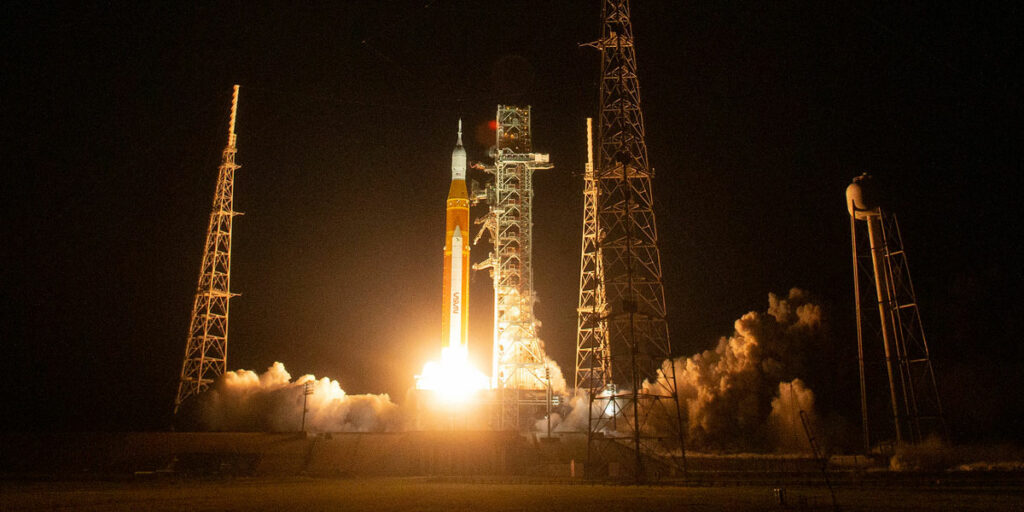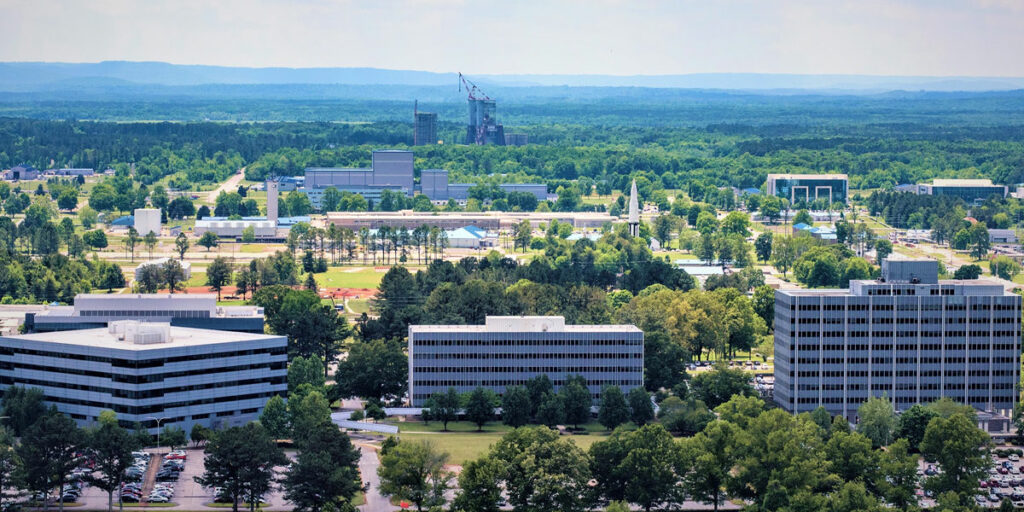Last week, NASA announced three targeted launch dates to kickoff the agency’s Huntsville-fueled Artemis I mission to jumpstart advanced lunar exploration.
According to the agency, the date of the generational launch will be August 29, September 2 or September 5.
The ambitious program, beginning with the first phase of Artemis I, will see the return of Americans to the lunar surface by 2025. Additionally, the mission will see the first woman and person of color make landing on the moon.
Numerous aerospace companies that hold a presence in North Alabama have contributed to elements of NASA’s ambitious Artemis program.
Draper, a nonprofit engineering innovation company that proudly boasts a Rocket City location, has developed and integrated technology and operational support for the upcoming launch.
The company holds an extensive history of supporting NASA space exploration initiatives, dating back five decades ago to the Apollo program.
Draper’s work for NASA began with the company’s design of the Apollo Guidance Computer and continued with programs that include the International Space Station (ISS) and the Space Shuttle.
Pete Paceley, Draper’s principal director of Civil and Commercial Space Systems, expressed the company’s excitement in helping NASA execute the Artemis mission.
“Draper’s pioneering contributions to the U.S. space program continue with Artemis,” said Paceley in a release. “Artemis presents an opportunity to return Draper to lunar missions that began with the Apollo Program.”
Elements of NASA’s lunar exploration efforts that Draper has contributed to include the Space Launch System (SLS), Orion, Gateway, Commercial Lunar Payload Services and the Human Landing System.
Draper’s contributions to NASA’s space exploration initiatives as follows:
- Guidance, navigation and control (GN&C) aboard Orion and SLS
- Software to operate the four solar arrays aboard Orion
- Redundancy management system (RMS) for fault detection, containment and recovery aboard SLS
- Powered explicit guidance (PEG) for determining optimal flight trajectories aboard Orion and SLS
- Mission Evaluation Room (MER) staffing to provide engineering and technical support to the Mission Control Center at NASA’s Johnson Space Center in Houston for Orion
According to the company, Draper has performed work on the Orion and SLS projects for over a decade.
In 2021, NASA awarded Draper a $49 million five-year contract to provide advanced guidance, navigation and control, avionics technology development and analysis for the agency’s next generation of human-rated spacecraft on missions beyond low-Earth orbit.
Neil Adams, vice president of Draper’s National Security and Space Systems business, asserted that the company was prepared to meet NASA’s needs as the agency prepares to usher in the next generation of space exploration.
“Artemis is a bold challenge to return to the Moon, a challenge that Draper—with a heritage in human space exploration—is proud to support,” proclaimed Adams. “As with our past contributions to the U.S. space program, Draper looks forward to contributing to the success of NASA’s partners and developing the next generation of human-rated spacecraft.”
Last week, Draper received a $73 million award to be NASA’s prime contractor for the delivery of three NASA payloads to the Schrödinger basin on the moon’s surface.
In addition to Huntsville, Draper’s work relating to components of Artemis takes place at the company’s locations in Houston and Cambridge, Mass.
Dylan Smith is a staff writer for Yellowhammer News. You can follow him on Twitter @DylanSmithAL




